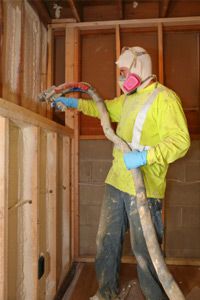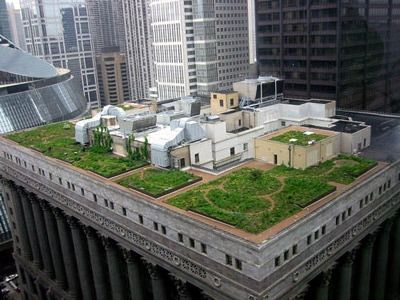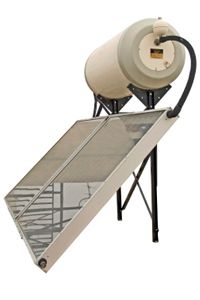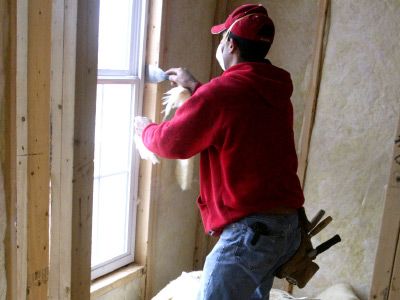A few generations ago, many houses didn't have basements. They had cellars. Damp and musty, their dirt floors provided cool, consistent temperatures that were ideal for storing perishables like apples, jellies, fruit preserves and pickled vegetables.
With the evolution of building construction and poured concrete foundations, however, basements are now considered integral to a home's living space. They typically house the furnace, water heater, laundry machines and essential utilities. But recent trends have expanded the unfinished basement's utilitarian role into a more feature-rich, family-friendly environment such as a game room, home theater, office, craft or exercise area.
Advertisement
Because basements are mostly located below ground level, they are by nature cool and damp. They can also account for significant heat loss from a home. Porous foundations can allow cold air and water to seep in; flooding or bad drainage can allow water to run in through cracks.
That's where insulation comes in. Installed properly, insulation allows us to make basements comfortable, limit escaping heat and help keep moisture at bay.
But before launching your own basement transformation, consider some basics of basement insulation. There are three ways to insulate a basement: from the outside, from the middle of the foundation itself and from the inside of the structure. Both external and middle insulation are typically done during the construction of the house, although external insulation can be done in conjunction with a drainage project aimed at keeping water away from the foundation.
Unless the house is still in the planning phase, insulating a basement from the inside is usually the most practical way to go. That's what we'll focus on in this article: interior insulation. The good news -- it's the most cost-effective way to insulate a basement. The bad news -- if it's not done properly, it can result in moisture problems.
Read on to learn about the tools you need to insulate basement walls.
Advertisement



